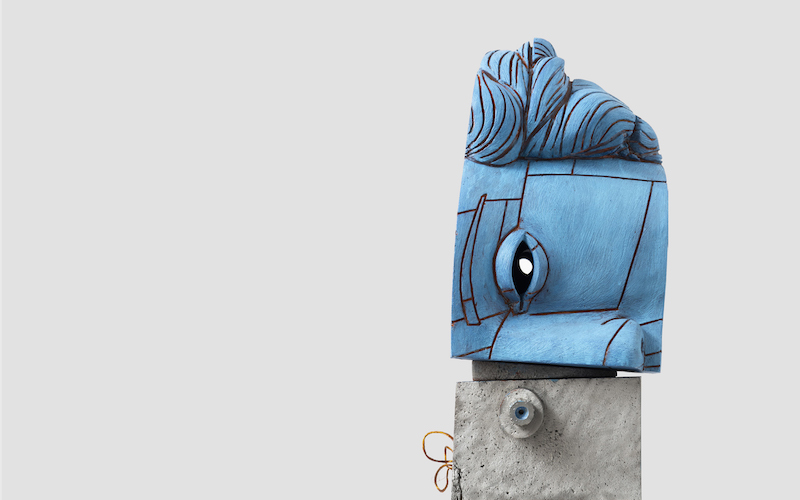
This article was developed within the program Venture an Idea funded by the USAID.
You've been to the National Museum of Serbia; took a stroll to the Nikola Tesla Museum; got lost inside the Museum of Illusions. So, you must have seen all the museums Belgrade offers, right? Wrong!
No journey across Belgrade's cultural scene is complete without a stop by the city's leading, 5-level contemporary art institution. Since it reopened to the public in 2017, the Museum of Contemporary Art Belgrade (that oddly shaped building seen across the Sava River from Kalemegdan Fortress.) has hosted one blue-chip exhibition after another.
And now is the perfect time for a visit. Fresh off the heels of the One Minute Forever solo show by the famed Austrian artist Erwin Wurm, the museum is putting up another high-profile solo exhibition. This time it's by a local heavyweight, Mrđan Bajić. Title? Unreliable Narrator.
Who is Mrđan Bajić?
Born and bred in Belgrade, Mrđan is one of the city's most celebrated sculptural sons. Following his graduation and subsequent tenure in the Sculpture Department at the Faculty of Fine Arts, he moved to Paris to further hone his art. Mrđan came back to the FLU as a professor, now an artist of distinctive poetics and idiosyncratic approach to sculpture. He has been a guest artist worldwide, representing Serbia at the Venice Biennale in 2007 with a project dubbed Reset_.
What is Unreliable Narrator?
The exhibition is imagined as a comprehensive survey of the artist's decades-long practice. His sculptures, drawings, and site-specific pieces will sprawl across all 5 levels of the building, including the outdoor lane. The whole experience will be split into three thematic units that, put together, trace the artistic evolution in Bajić's ever more distinctive expression.
The highlights of the show will, of course, be his emblematic sculptures like Facciamo finta di niente (2020) - a misshapen, tightly fastened globe riding atop a bike – or the Second home (2010) – a sculpture of two white fićas (old Yugoslavian car models) carrying a house ripped out of its roots. In juxtaposition to his signature-style sculptures, they will be followed by corresponding drawings so we can trace the idea behind the pieces from their conception to the execution.
Such layout is in line with the artist's inquiry into the idea-form-space relationship and his insistent emphasis on the multidimensionality of sculpture. Indeed, the works on view portray Bajić as a master of empty space and virtuoso of shape; they portray absurdist par excellence who's nevertheless full of compassion for the individual experience in the vast traversals of history.
But you shouldn't trust him all the way (or us, for that matter) - the exhibition is titled as it is. Anyway, it opened on September 24th and remains on view until January next year.